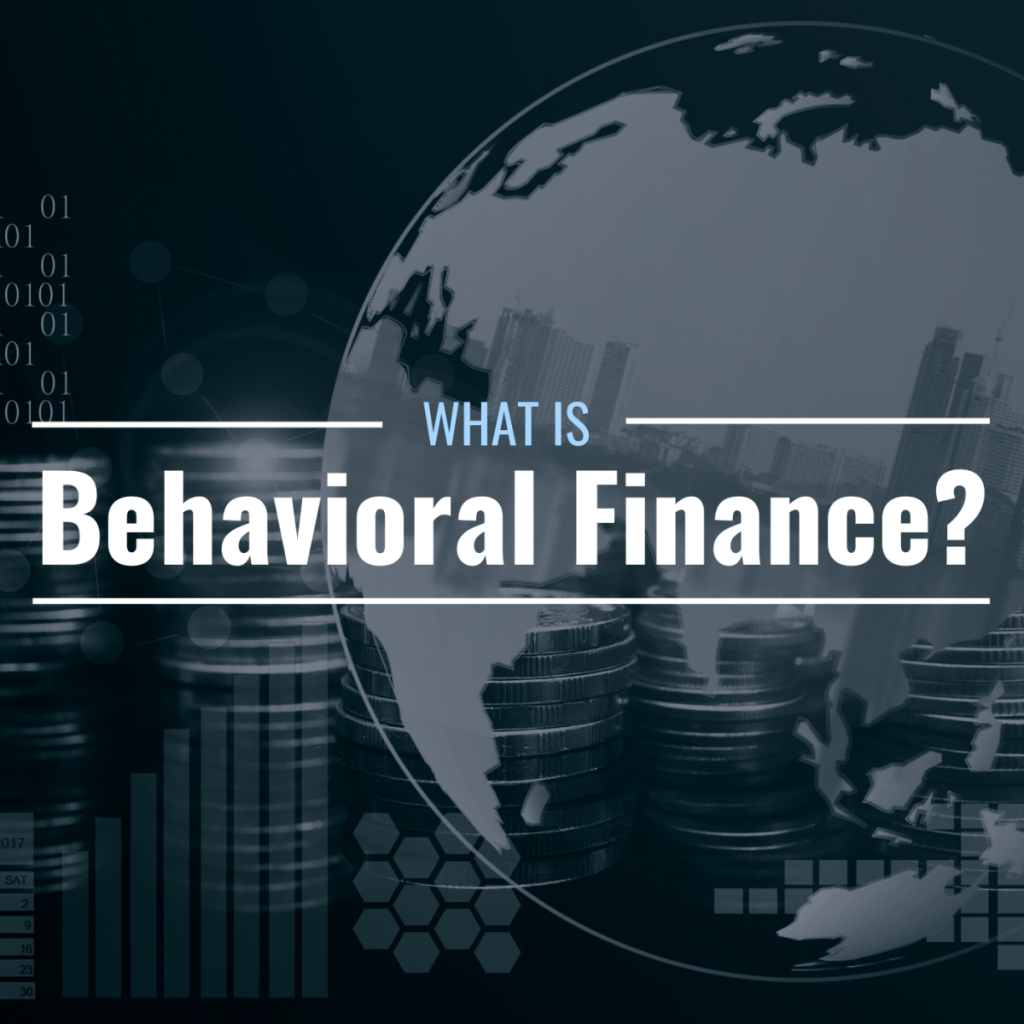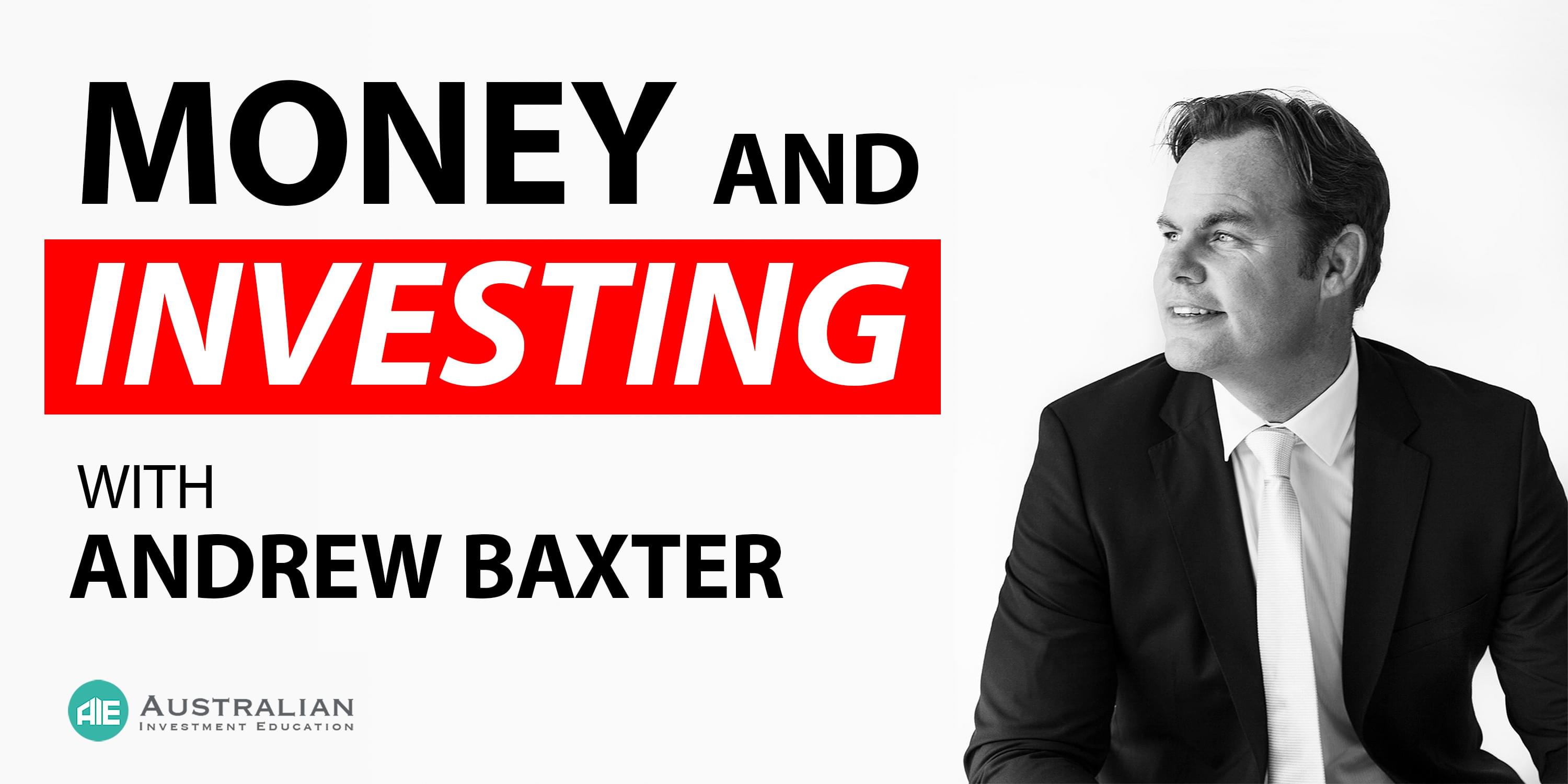Introduction
In the complex world of finance, understanding human psychology is as important as analyzing economic indicators and market trends. Behavioral finance is a field that delves into the psychological factors that influence investors’ decisions, and one of its fundamental concepts is loss aversion. This innate human tendency to fear loss more than seeking gains has profound implications for investment strategies and can often lead to the “disposition effect,” where investors hold on to losing investments for too long. In this article, we will explore the concept of loss aversion and its impact on financial decision-making.

Loss Aversion: The Psychology Behind It
Loss aversion is a cognitive bias that arises from the idea that the pain of losing money is psychologically more significant than the pleasure derived from gaining the same amount. This phenomenon was first highlighted by behavioral economists Daniel Kahneman and Amos Tversky in the 1970s. It suggests that individuals feel the sting of a financial loss much more intensely than the joy of an equivalent gain.
This aversion to loss is deeply rooted in human evolution, where making choices that avoided potential threats to survival held significant importance. In the context of finance, it means that investors are more likely to hold onto their losing investments, hoping for a rebound, even when evidence suggests that it may not be the most rational decision.
The Disposition Effect
The disposition effect is a behavioral tendency closely linked to loss aversion. It describes the tendency of investors to hold on to losing investments for too long and sell winning investments prematurely. Essentially, this behavior contradicts the timeless investment advice of “cut your losses and let your profits run.”
Several factors contribute to the disposition effect. One of them is regret aversion, which stems from the fear of making a wrong decision. Investors often hold on to losing investments to avoid the regret of selling at a low point and then witnessing the asset’s subsequent recovery.
Additionally, overconfidence plays a role in the disposition effect. Some investors believe they can outsmart the market or that they have superior knowledge about the investments they hold. This overconfidence can lead to poor decision-making and an unwillingness to acknowledge losses.
The Impact on Investment Strategies
Understanding loss aversion and the disposition effect is crucial for investors, as it can significantly impact investment strategies. When investors hold on to losing positions, they tie up capital that could be allocated more effectively elsewhere. This not only hinders the potential for profit but can also increase overall portfolio risk.
To counter the disposition effect, investors need to adopt a disciplined and objective approach to their investments. This may involve setting predefined exit points and stop-loss orders to limit losses, diversifying their portfolios, and seeking professional advice to mitigate emotional decision-making.
Conclusion
Loss aversion is a fundamental concept in behavioral finance that highlights the psychological impact of losing money. The disposition effect, a direct consequence of loss aversion, can have detrimental effects on investment portfolios. Recognizing these behavioral biases is the first step in mitigating their influence and making more rational investment decisions. By adopting a disciplined and rational approach, investors can better navigate the challenges of the financial markets and strive for long-term success in their investment endeavors.

Leave a comment